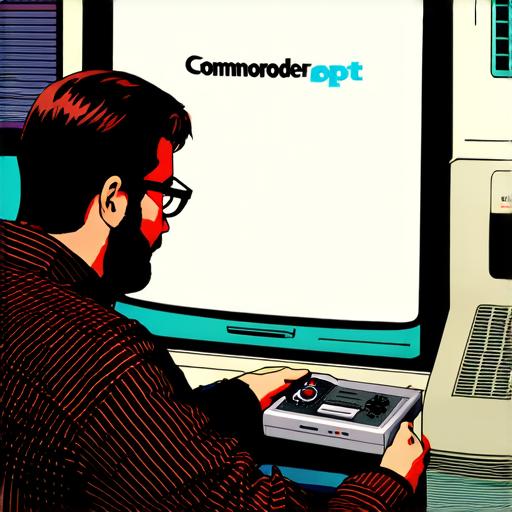
If you are a game developer…
But have you ever stopped to think about the very first digital video game? The one that started it all? In this article, we will explore the history of the first digital video game, including its creation, evolution, and impact on modern gaming.
The First Digital Video Game: Pong
Pong was created in 1972 by two engineers named Steve Jobs and Steve Wozniak, who later co-founded Apple Inc. Pong was a simple 2D ping-pong game that could be played on a television screen, and it quickly became a cultural phenomenon when it was released in arcades across the United States.
The game was so popular that Atari, the company that manufactured the game’s hardware, sold over 15,000 units within the first few months of its release.
Pong’s success was due to several factors. Firstly, it was a novel and unique concept that had never been seen before. Secondly, it was easy to play but difficult to master, which kept players engaged for longer periods. Thirdly, it was marketed effectively, with Atari placing Pong machines in high-traffic areas such as bars and shopping centers.
Pong’s impact on modern gaming cannot be overstated. It introduced the concept of video games to a wider audience, paving the way for the creation of more complex and sophisticated games. It also sparked a new industry, with many companies entering the market to create their own video games.
The Evolution of Digital Video Games
In the years following Pong’s release, digital video games continued to evolve and improve. In the 1970s, games such as Space Invaders and Pac-Man became cultural phenomena, while in the 1980s games like Tetris and Super Mario Bros. pushed the boundaries of what was possible with video game technology.
As gaming technology advanced, so too did the complexity of games. Games began to feature more detailed graphics, sound effects, and gameplay mechanics, leading to a new generation of games that were both visually stunning and intellectually challenging.
Today, digital video games are more popular than ever, with millions of people around the world playing games on their computers, smartphones, and gaming consoles. The rise of mobile gaming has also led to the creation of new business models, with companies developing free-to-play games that generate revenue through in-app purchases and advertising.
The Future of Digital Video Games
As digital video games continue to evolve, it is clear that they will play an increasingly important role in our lives. Games are no longer just a form of entertainment; they are also being used for educational purposes, as well as for therapy and rehabilitation.
The rise of virtual reality (VR) technology has also opened up new possibilities for video games. VR games allow players to fully immerse themselves in a game world, creating a more realistic and engaging gaming experience. As VR technology continues to improve, we can expect to see even more innovative and exciting games in the future.
FAQs
1. What was the first digital video game?
Pong was created in 1972 by Steve Jobs and Steve Wozniak.
2. Pong was created in 1972 by Steve Jobs and Steve Wozniak.
How did Pong become so popular?
Pong’s success was due to its novel concept, ease of play, and effective marketing.
3. How did Pong become so popular?
Pong’s success was due to its novel concept, ease of play, and effective marketing.
4. Pong’s success was due to its novel concept, ease of play, and effective marketing.
What impact did Pong have on modern gaming?
Pong introduced the concept of video games to a wider audience and paved the way for the creation of more complex and sophisticated games.
5. What impact did Pong have on modern gaming?
Pong introduced the concept of video games to a wider audience and paved the way for the creation of more complex and sophisticated games.
